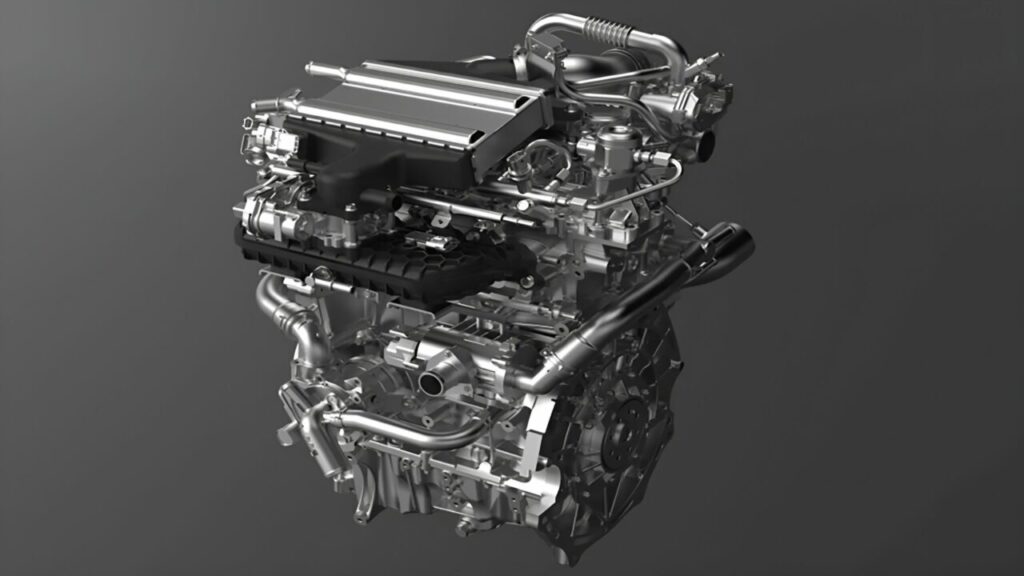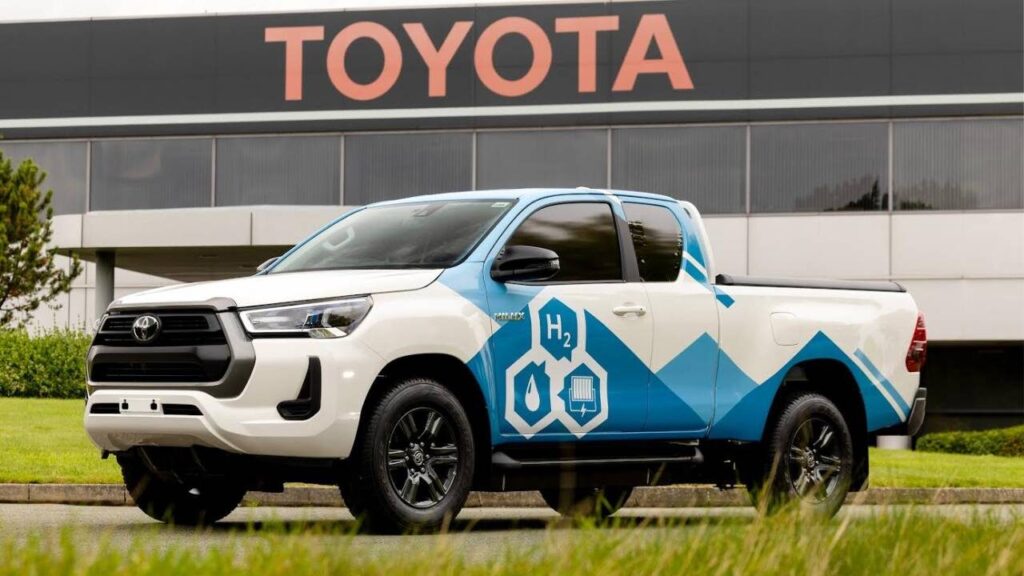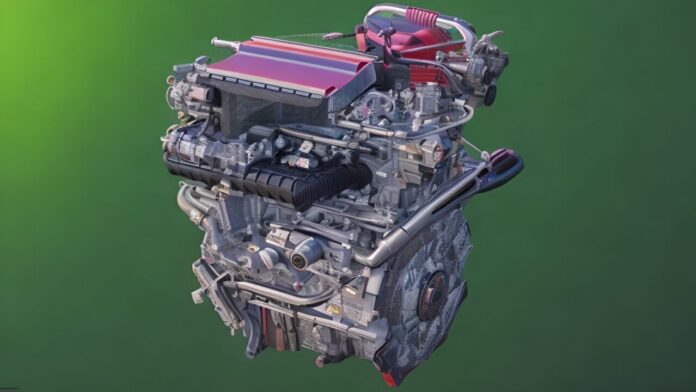The automotive industry is undergoing rapid transformation, and environmental consciousness is growing stronger every day. While electric vehicles (EVs) dominate the conversation, a new collaboration between Toyota and China’s Guangzhou Automobile Group (GAC) introduces an intriguing alternative that may reshape the future of engine technology: the internal combustion ammonia engine. Could this new type of engine replace hydrogen engines?
Japan’s New Fuel and Engine Technology: Choosing Ammonia Over Hydrogen
Toyota and GAC have developed an environmentally friendly engine that could replace fossil fuel-powered engines. This engine runs on ammonia and emits minimal carbon dioxide, making it almost harmless to the environment. The 2.0-liter electronically controlled four-cylinder engine produces 161 horsepower and emits 90% less harmful emissions than standard gasoline engines.

Ammonia consists of one nitrogen atom and three hydrogen atoms (NH3), making it an excellent substitute for carbon. Its widespread use in agriculture and manufacturing implies that a significant production infrastructure is already in place. However, using ammonia as a fuel in personal vehicles poses certain challenges.
Firstly, ammonia synthesis is an energy-intensive process, and its environmental impacts can only be mitigated by using clean energy sources such as wind or solar energy. Additionally, ammonia is a toxic chemical with combustion potential and is highly corrosive, making its long-term transportation or storage unsafe.
Despite these challenges, the Japanese believe that if these issues can be overcome, ammonia could be the fuel of the future. Consistent with its past successes in hybrid and hydrogen fuel cell technologies, Toyota continues to explore solutions beyond battery-powered electric vehicles.

While the market acceptance of electric vehicles has increased significantly, the concept of an ammonia engine shows that internal combustion engines could still be relevant in a low-carbon world. However, without addressing the challenges of ammonia production, transportation, and infrastructure development, it’s unlikely that ammonia will become a common fuel for passenger cars in the near future.
Toyota and GAC’s development of the ammonia engine, while promising significantly lower CO2 levels, does not yet seem ready to fully replace EVs or traditional internal combustion engine technologies.
What are your thoughts on this development? Share your opinions in the comments section below.

